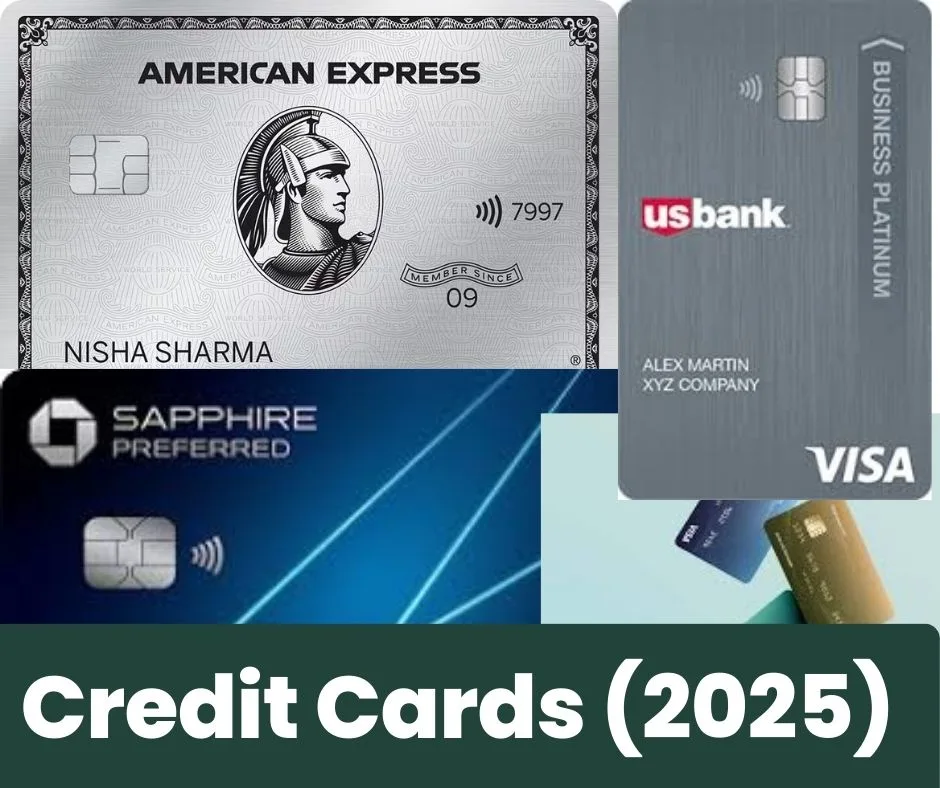A credit card is a financial tool issued by banks and credit unions that lets you borrow money for purchases and pay it back later, often with interest. Unlike debit cards, which draw directly from your checking account, credit cards give you access to a line of credit.

If used responsibly, credit cards can:
Build your credit score
Provide fraud protection
Earn rewards like cashback or travel miles
Offer perks such as purchase protection and extended warranties
Key Types of Credit Cards –
Here are the main categories to consider:
Cashback Cards –
Best for everyday spending, offering money back on purchases.
Travel Rewards Cards –
Ideal for frequent travelers; earn points and miles.
Balance Transfer Cards –
Designed to help you pay off debt with low or 0% intro APR.
Student Cards –
For young adults with little to no credit history.
Secured Cards –
Backed by a deposit, great for rebuilding credit.
Business Cards –
Provide tools and rewards tailored for small business owners.
What Is a Balance Transfer? –
A balance transfer is when you move existing debt from one credit card to another, usually to take advantage of a 0% introductory APR offer.
For example, if you owe $5,000 on a high-interest card, transferring it to a card with 0% APR for 18 months could save you hundreds of dollars in interest—giving you breathing room to pay it off faster.
🔑 Things to know:
A balance transfer fee (3–5%) often applies.
You need good credit to qualify for the best offers.
It’s most effective if you pay off the balance before the intro period ends.
How to Calculate Credit Utilization –
Your credit utilization ratio is the percentage of your available credit that you’re currently using. It’s a major factor in your credit score.
Example:
If you have two cards with a total limit of $10,000
And your balances add up to $2,500
Your utilization is 25%
✅ Experts recommend keeping utilization below 30%, and ideally under 10%, to maintain a healthy credit score.
How to Choose the Right Credit Card –
When comparing cards, consider these factors:
Rewards program –
Cashback, travel, or points?
Interest rates (APR) –
Especially if you carry a balance.
Annual fee –
Some premium cards charge $95–$695 but offer extra perks.
Credit limit –
Impacts your spending power and utilization.
Extra benefits –
Fraud protection, insurance, purchase protection.
Final Thoughts –
Credit cards are powerful tools when used responsibly. They can help you earn rewards, build credit, and manage finances, but misuse can lead to debt and credit score damage.
Understanding key concepts like balance transfers and credit utilization will help you make smarter decisions and get the most out of your cards.
Whether you’re a student, traveler, business owner, or simply looking to save money, there’s a credit card designed for you.
